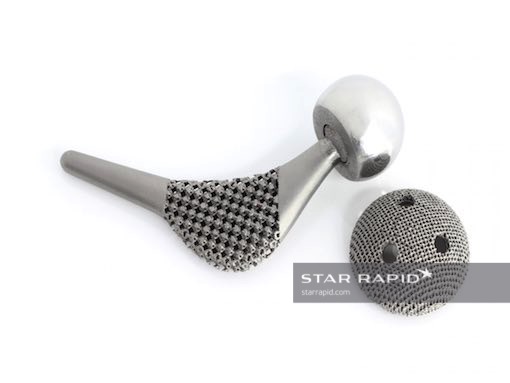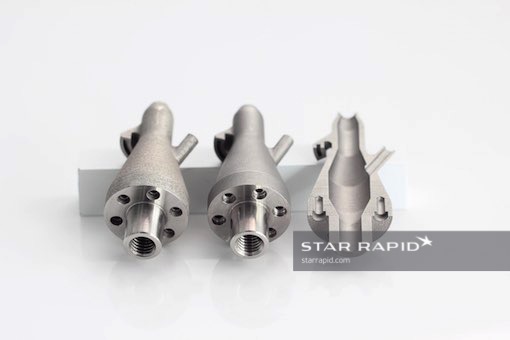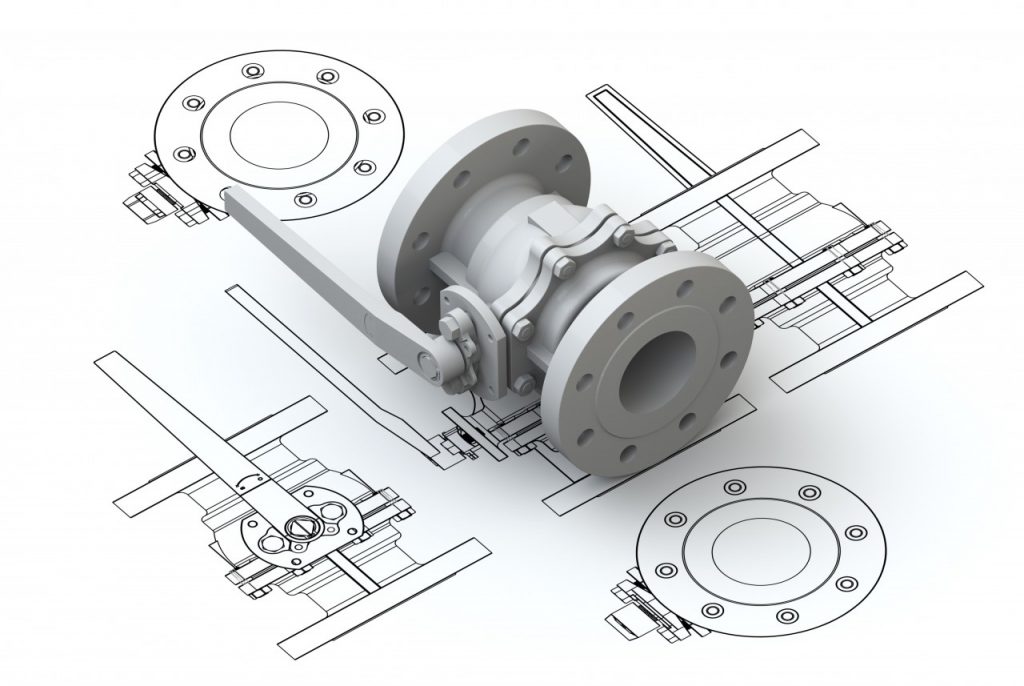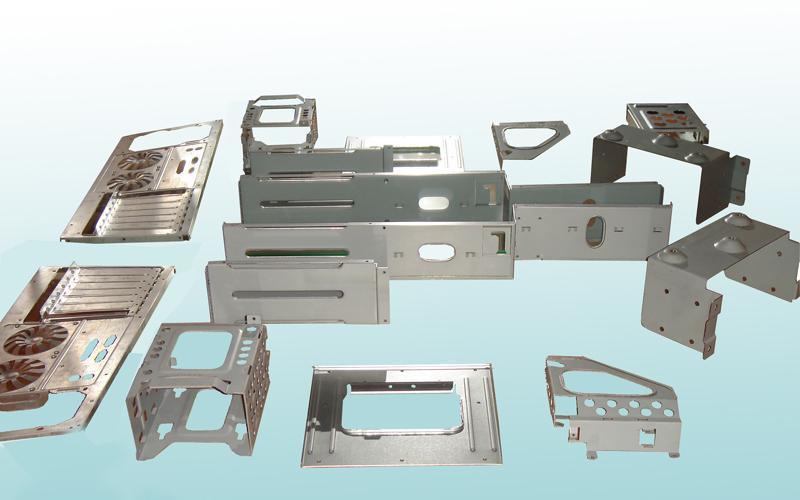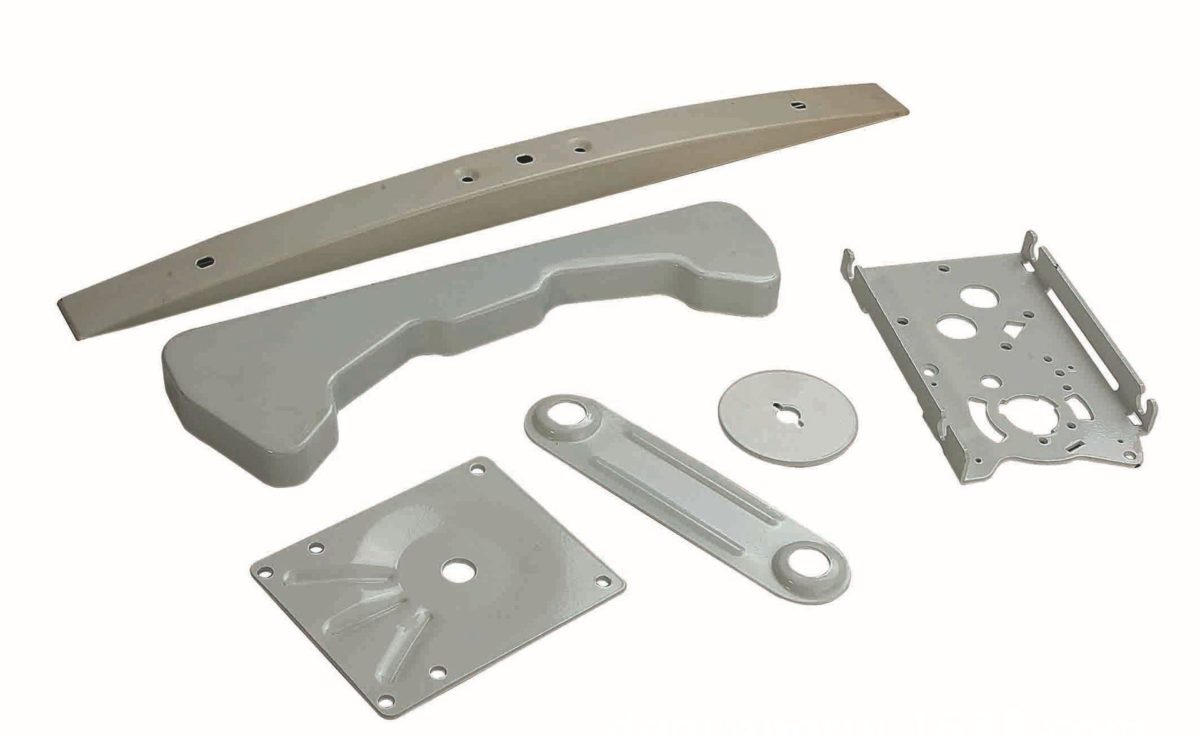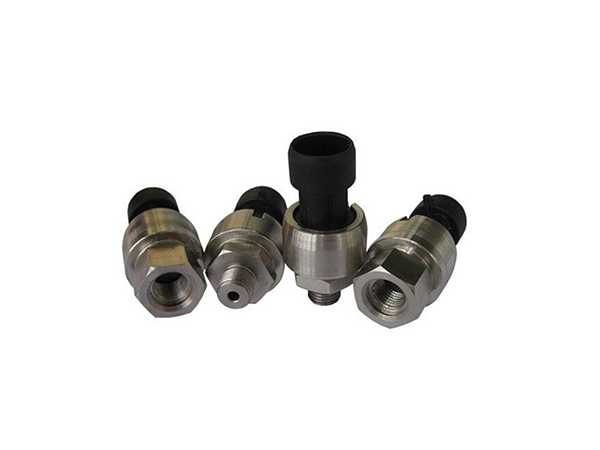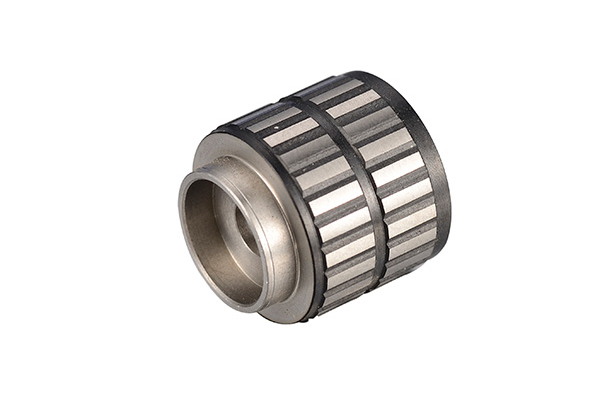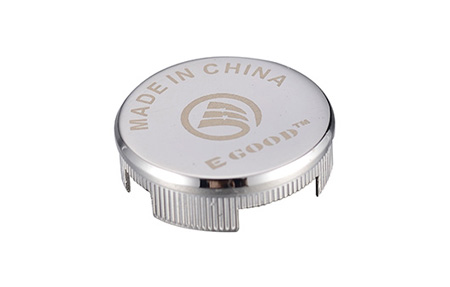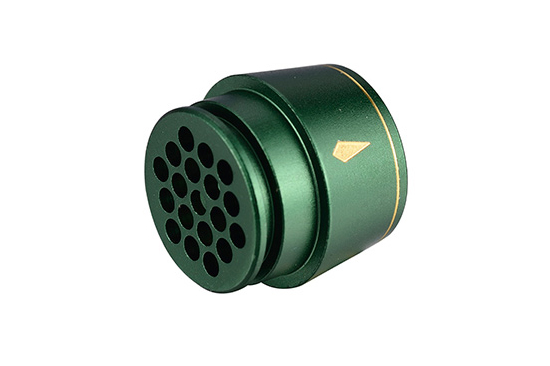One-stop 3D Printing and Rapid Prototyping Product part
Essaii provides a range of high-quality 3D printing (additive manufacturing) services, including FDM, SLA, SLS and SLM. This allows 3D printing of plastics and metals and provides options for prototype design and production.
3D printing is a good way to create disposable parts or small batch production, and can be used to create complex geometric shapes, which is not possible with traditional manufacturing processes.
Advantages of 3D printing
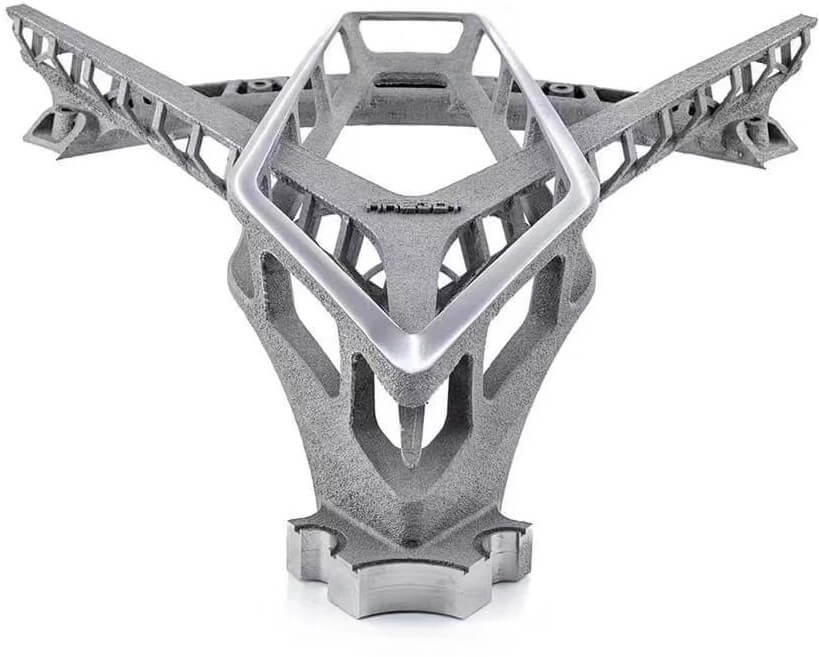
1 Affordability: Because 3D printing uses only the required materials and does not require tools, it is one of the most affordable manufacturing processes in disposable parts or small batch production.
2 geometric shapes: trongse3D printers use computer-controlled nozzles to create parts layer by layer. They can be used to create highly complex shapes, including complex internal geometric shapes.
3 Efficiency: Once the parts are designed using CAD software, printing can be completed within a few hours without the need for a lengthy setup process.
4 Adaptability: Since 3D printed parts do not require tools, the risks involved in creating parts are small. If a fault is found after printing, it can be digitally corrected without replacing expensive tools.
5 Environmental factors: Although 3D printers require power to operate, they usually do not cause material waste. On the other hand, subtraction processes such as mechanical processing generate waste.
What is 3D printing?
3D printing (also known as additive manufacturing) is a manufacturing process that builds parts layer by layer. The computer sends instructions to the 3D printer, which deposits or hardens the material in a pre-programmed way and creates layers in turn.
There are several types of 3D printers, some of which are used to print plastic parts and others are used to print parts made of metal or other materials. Although these various 3D printing technologies are diverse, they share certain characteristics.
3D printing has enabled companies to use one-step manufacturing technology, which has revolutionized manufacturing. 3D printers can be installed in offices and small work areas, and require little training to operate. In addition, since the materials are reasonably priced and can be purchased in small quantities, the start-up cost is very low.
How to choose a 3D printing process
If you need help to find the best 3D printing process for you, you can establish a consultation and planning phase with our team of additive manufacturing experts.
All 3D CAD files you must print must be provided to the design and reviewed by the production team so that they can be optimized and manufactured to meet the design requirements. These requirements will differ between FDM, SLA, SLS, and SLM 3D printing, so make sure to optimize the CAD model for the 3D printing process you want to use.
3D printing prototype project
This is one of the projects we have done for a fashion design company. Initially, they ordered flexible prototypes in this type of polymer through SLS, which was very expensive. With the newly developed resin, we can produce flexible prototypes through SLA at a cost of only 1/5.
the reason? Okay, just because the prototypes of these other services are not


